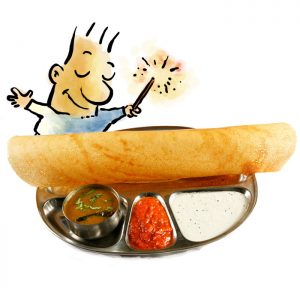
How do you make your articles or sales letters more interesting?
Analogies and stories always increase the drama and attention span. Yet, it's hard to find and craft interesting analogies and stories on a regular basis. Or is it? Find out how you can use a simple and effective ways to tell great stories and analogies.
Right click to download this episode.
Re-release: How To Craft Interesting Stories and Analogies (For Articles and Sales Letters)
Original: How To Craft Interesting Stories and Analogies
Writing Salesletters or Articles? How do you ditch the “Tired” Analogy?
I remember how I always groaned when my father started to tell his story of “how he drew a kingfisher”, when he was just a boy in school.
I loved the story, but I'd heard it so many times, that the thought of escape always crossed my mind when he'd start up that story. The reader experiences a similar “groan moment” the minute you start up on an analogy that they've heard before.
Analogies like how you learn to ride a bicycle, drive a car—these are tired analogies
These analogies are boring for the reader, no matter if you use it in a sales letter or in your article.
So how you decide when to ditch the analogy?
Or better still, how do you improve it so it's not so “tired” after all?
Let's take an example
In the book, The Brain Audit, there's an analogy of standing near the airport carousel waiting for your bags to be unloaded from the flight.
So what's interesting about that situation? Well, for one it's not something that you hear about a lot. It doesn't have that ring of “when you learned to ride a bicycle”. And so, by merely changing the example, your analogy becomes slightly more interesting.
But what if we wanted to make it even more interesting?
This is where the power of the personal story comes in. Imagine yourself waiting for the bag. What happens? What happens next? What ups and downs do you go through just waiting for those silly ol' bags? In The Brain Audit, the bags aren't just bags—they're “red” bags.
And there aren't just “red” bags, but there are “seven red bags”. And the story rolls out where one of the bags goes missing. As you can tell, this isn't just some tired analogy, but something that's slightly riveting. You want to know what happens next. You want to know how all of this then reconnects to the story.
So the key to writing better analogies is to write a personal story first
Put yourself at the airport. What did you do? What happened next? And next? And yes, I know I said this already in the last paragraph, but can we have some ups and downs as well as you're relating the analogy? In fact, the moment you dip into a personal story, even a tired story of riding a bicycle comes to life.
About the best way to sidestep a boring analogy is to use a personal story.
Only an idiot would learn to cycle like me.
Most people find the safest, flattest area to learn how to cycle. Not me. I decided to learn on slopes filled with red mud. Every time I fell—and I fell a lot—the mud would graze me badly. And of course, learning on a slope means you're tempting gravity all the time.
But what if you don't want to tell personal stories?
Well, turn the personal story into a “YOU” analogy instead. Tell the personal story but without using “I”.
So the story would work like this:
Why would anyone be insane enough to find the most difficult cycling course?
Most people find the safest, flattest area to learn how to cycle. But imagine you decided to learn on slopes filled with red mud. Every time you fell—and you do fall a lot—the mud would graze you badly. And of course, learning on a slope means you're tempting gravity all the time.
Yet, long after the wounds have healed, the learning of how to ride the bike has stayed with you.
Notice how the analogy isn't tired, isn't personal and still seems like an amazing analogy?
If you're ever reaching for a tired analogy, the first recourse would be to simply find something that's unusual—like the “seven red bags” story. However, an even better strategy is to write a personal story because personal stories have this inbuilt oomph factor.
Should you feel shy about revealing the personal story to your audience, all you have to do is simply tweak it a bit. Put in the “you” into the story and you have a great analogy.
Analogies can be used not just in articles, but also in books, presentations and sales letters
Some of the best writers and marketers know the power of the story and analogy. And they use it very effectively to drive home several points throughout their marketing or editorial material. And they mix it up a lot with analogies and stories, while the amateurs simply write yucky, boring stuff.
Tired analogies are for lazy writers.
Be not sloppy. Be not boring.
Put in the power of story in your analogy and let the “groan” go away, today!

Leave a Reply